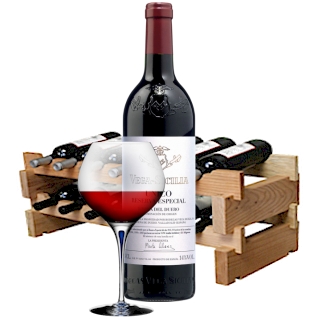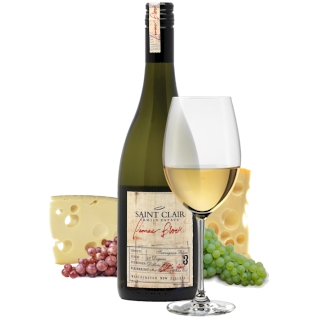Old Richmond Gaol was one of Diemen Land's first prisons, built by the convicts themselves, of good old fashioned granite blocks, laboriously hauled in wooden hand carts and quarried from the ominously monikered Butchers Hill. Today, Butchers Hill is the site of the steepest sloping vineyard in Coal River Valley, invigorated by afternoon sea breezes and prevailing winds from the roaring forties, its highly auspicious, self mulching black Vertosols, yield extraordinary wines. Established by founding members of the Hobart Beefsteak & Burgundy Club, Butchers Hill represents three generations of passion amongst the nether vineyards of the Apple Isle. Not just a purveyor of pretty Pinot Noir, Pooley Estate have achieved status as Tasmania’s first and only, fully accredited Environmentally Certified Sustainable..
Princely parcels of pooley»
There were two scrub covered parcels of land, just outside Pokolbin village along McDonalds Road, that local council had long set aside for use as cricket ground and cemetery. Both were ultimately auctioned off to the highest bidders and sown to vine. A third undeveloped site became the subject of a long running feud among the new and old neighbours. Dodgy invoices between the rivals were exchanged and the division of firewood became a further cause of contention. A truce was eventually called by the two protagonists, Brokenwood and Hungerford Hill, for the sake of healthy viticulture. The nascent blocks achieved international renown as the eminent Cricket Pitch and the Langtons Listed Graveyard Vineyard, establishing Brokenwood as one of the most cherished marques in Hunter Valley wine...
Sociable soils make for healthy vine»
David Wynn introduced cardboard wine casks, flagons and the Airlesflo wine tap to the nation. He is best remembered for re packaging the Coonawarra estate which bears his name and which endures as one of Australia's icon brands. Wynn was a master of his craft and studied oenology at the world renowned Magill wineworks. An astute marketer and talented blender, he also had a keen eye for the land, investing in the ancient John Riddoch fruit colony and planting vines on a challenging site, high atop the lofty latitudes of Valley Eden. Mountadam Vineyards were built from the ground up, with a view to crafting a limited range of well structured, weighty wines, defined by fuller palates and saline, mineral savouryness. The legacy of Eden Valley vineyards planted by Wynn in the 1960s & 1970s, incorporating..
The legacy parcels of mountadam vineyards»


























